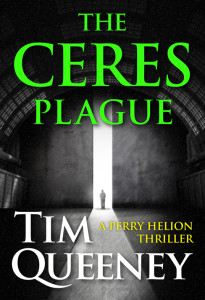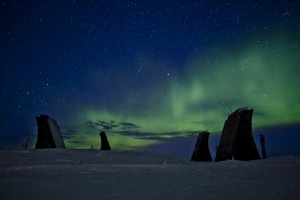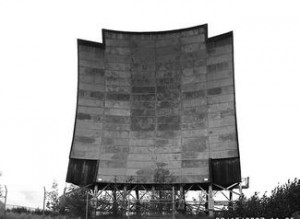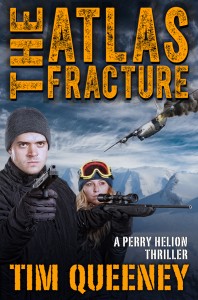 After reading an excerpt from my upcoming Perry Helion novel The Ceres Plague, Steve Konkoly, a writer friend who also pens thrillers, had a question. “What kind of guns were they?” In the excerpt, the bad guys confronted Perry with just “guns.” No further details given.
After reading an excerpt from my upcoming Perry Helion novel The Ceres Plague, Steve Konkoly, a writer friend who also pens thrillers, had a question. “What kind of guns were they?” In the excerpt, the bad guys confronted Perry with just “guns.” No further details given.
For Steve, however, this wasn’t enough. The firearms in Steve’s books almost always carry detailed descriptions: make, model, rate of fire, operational quirks, etc. For example, in a passage from his upcoming novel, Black Flagged Vektor, Steve might have just called a particular weapon a “submachine gun.” But for Steve’s type of thriller, gun specs matter — his readers want to know the details. So Steve made it a Skorpion vz 61, a 7.65 mm, 850-round-per-minute Czech-made submachine gun (video of full auto operation here). The high rate of fire of this compact gun actually becomes a plot point in the passage from Vektor.
I liked Steve’s interest in the details and thought he had the right idea. After all, Perry Helion has been around weapons and military technology for years. Why wouldn’t he know a thing or two about the guns the bad guys had trained on him? So, as a tribute to Steve, I equipped them with Skorpions. Here’s the excerpt:
“Lying astride their path was a submarine. The same sub that had skulked around during the salvage effort. Standing on its glistening hull were three men with Skorpion vz 61 submachine guns trained on the inflatable. A fourth man looked down on them from the conning tower, a semi-automatic pistol clearly visible.
“Perry released the inflatable’s throttles and raised his hands. He looked back and saw Lucy had already followed his lead.”
 There’s a plague on the loose. It’s the next story in the Perry Helion saga, The Ceres Plague. Ceres is live on Amazon and you can catch it here.
There’s a plague on the loose. It’s the next story in the Perry Helion saga, The Ceres Plague. Ceres is live on Amazon and you can catch it here.




